Summer might be the season of sunshine, but it’s also the season of sneaky energy costs. If your utility bill has been climbing even when you’re not blasting the AC all day, you could be falling into common summer traps without realizing it. From overusing certain appliances to ignoring little changes that make a big difference, small shifts in your routine can lead to major savings. These 13 habits may seem harmless, but they can quietly send your energy costs soaring.
1. Leaving Ceiling Fans On All Day
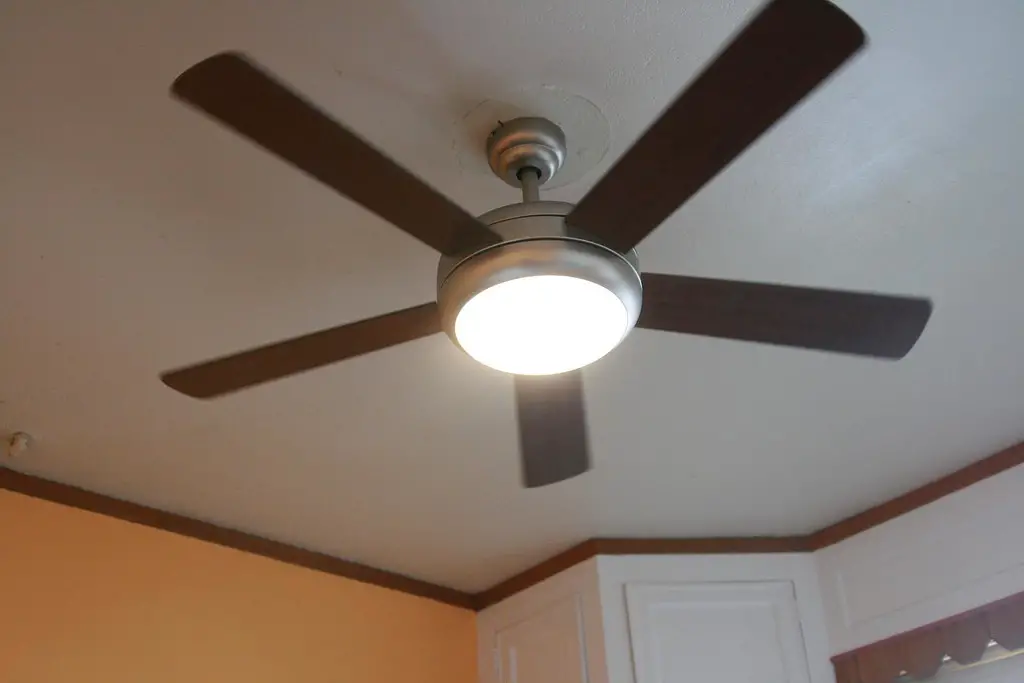
According to the U.S. Department of Energy, ceiling fans cool people—not rooms—so running them when no one is around just wastes electricity. Many homeowners mistakenly believe ceiling fans lower a room’s temperature, but they actually just create a wind-chill effect that makes you feel cooler. If you leave them running in empty spaces, you’re increasing your bill without any benefit. Turning them off when you leave the room is an easy way to cut costs.
In households with multiple fans, this habit can add up fast. It’s especially common in the summer, when people assume the fan is their best friend. But the trick is to use them only when needed and to pair them with your air conditioner for max effect. If your fan is older, consider an Energy Star-certified model for more efficient airflow.
2. Washing Clothes in Hot Water
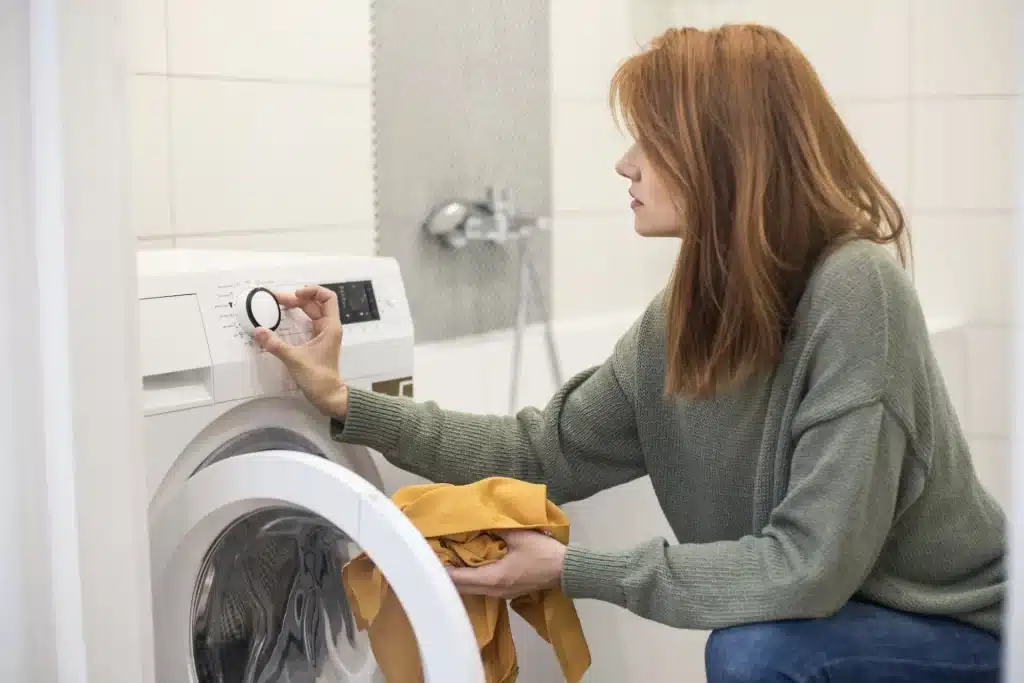
As noted by Energy Star, about 90% of the energy used to wash clothes goes toward heating the water. In the warmer months, hot washes are rarely necessary and can cause your washer to work harder. Cold water gets the job done for most laundry and saves significantly on utility bills. Plus, it’s gentler on your clothes, helping them last longer.
If your washer has a cold water cycle designed for energy efficiency, summer is the perfect time to use it. It’s also a great way to shrink your carbon footprint while saving money. Making cold water your default setting is one of the simplest energy-saving switches. And in most cases, you won’t even notice the difference in cleanliness.
3. Ignoring Dirty Air Conditioner Filters
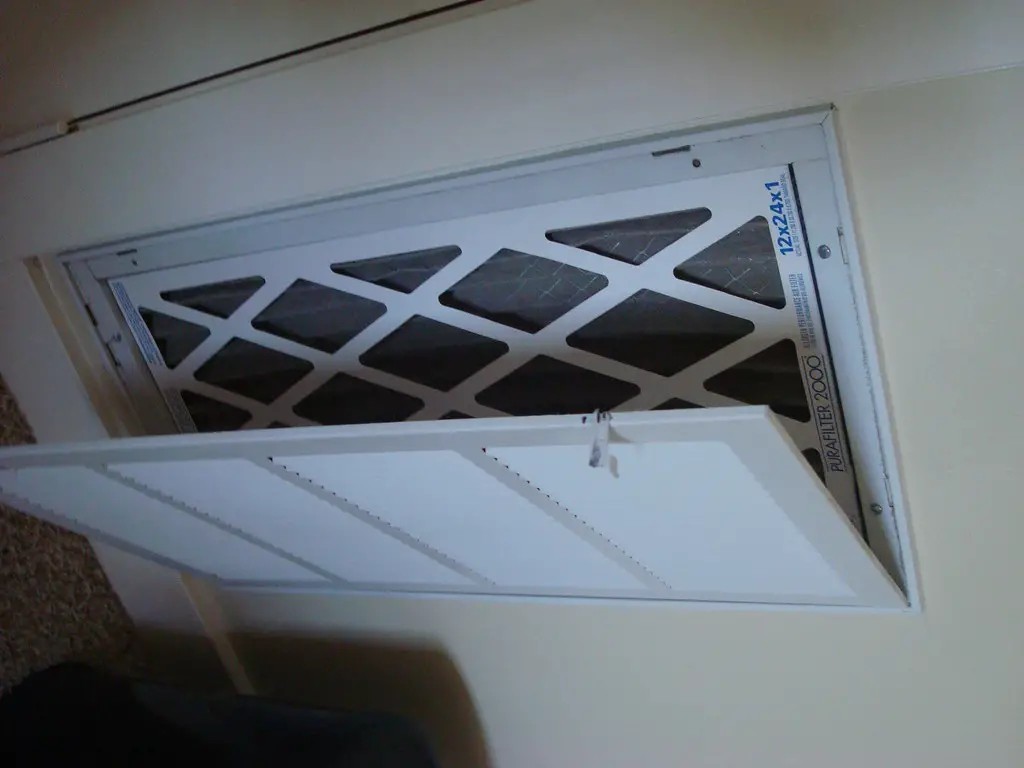
According to Good Housekeeping, a clogged or dirty air filter can cause your AC to work up to 15% harder. This means longer run times and more electricity consumption just to reach your set temperature. Cleaning or replacing the filter every 30 to 60 days during peak usage seasons can improve efficiency and airflow. It’s one of the easiest ways to reduce strain on your system and your wallet.
Neglecting this tiny task can result in higher bills and a less comfortable home. Dirty filters trap dust and allergens, which can also affect air quality. If you have pets or live in a dusty area, consider checking your filter even more often. Mark your calendar or set a phone reminder to make it a habit.
4. Leaving Windows Uncovered During the Day

Real Simple highlights that letting direct sunlight pour into your home can cause indoor temperatures to spike. Sunlight streaming through uncovered windows might look nice, but it also turns your home into a greenhouse. This forces your AC to work overtime, especially in rooms with large or west-facing windows. Blackout curtains, blinds, or reflective window film can make a major difference.
Keeping curtains closed during peak sunlight hours is a simple yet powerful fix. Not only does it help with energy efficiency, but it can also protect your furniture and floors from fading. Light-colored window coverings reflect heat better than dark ones. Consider upgrading to thermal curtains for long-term energy savings.
5. Using the Oven in the Middle of the Day
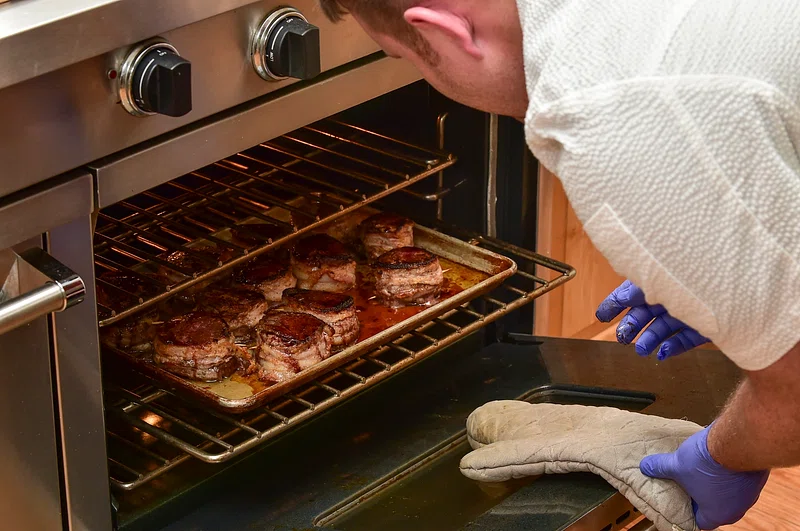
Cooking with your oven during the hottest parts of the day adds extra heat to your kitchen and makes your AC work harder. Summer is the perfect time to lean into lighter, no-cook meals or use outdoor grills instead. Slow cookers, air fryers, and toaster ovens also generate far less heat than a conventional oven. Shifting your cooking schedule to the morning or evening helps keep your home cooler.
This doesn’t mean giving up your favorite dishes—just being smarter about how and when you prepare them. Even small tweaks like batch cooking once or twice a week can help. If you do need to use the oven, ventilate your kitchen afterward to release the trapped heat. Being mindful of how you cook can go a long way toward lowering your cooling costs.
6. Leaving Devices Plugged In
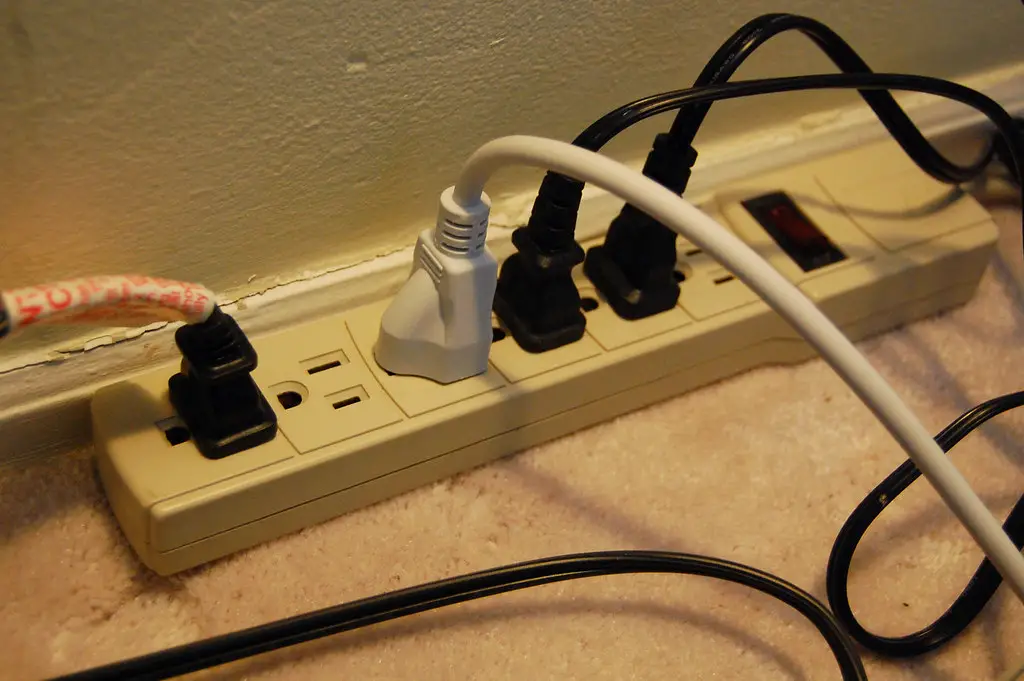
Even when your electronics are turned off, they can still draw power if they’re plugged into the wall. This phantom energy use adds up, especially with TVs, gaming consoles, and charging stations. Summer is a great time to unplug unused items or use smart power strips that cut off power when devices aren’t in use. Every little bit helps when you’re trying to keep energy bills down.
It may not seem like much, but collectively, these plugged-in devices could be costing you dozens of dollars each year. This habit is easy to overlook but easy to fix. Make it part of your nightly routine to unplug or power down unnecessary electronics. It’s a one-minute task that pays off quickly.
7. Running the Dishwasher During Peak Hours
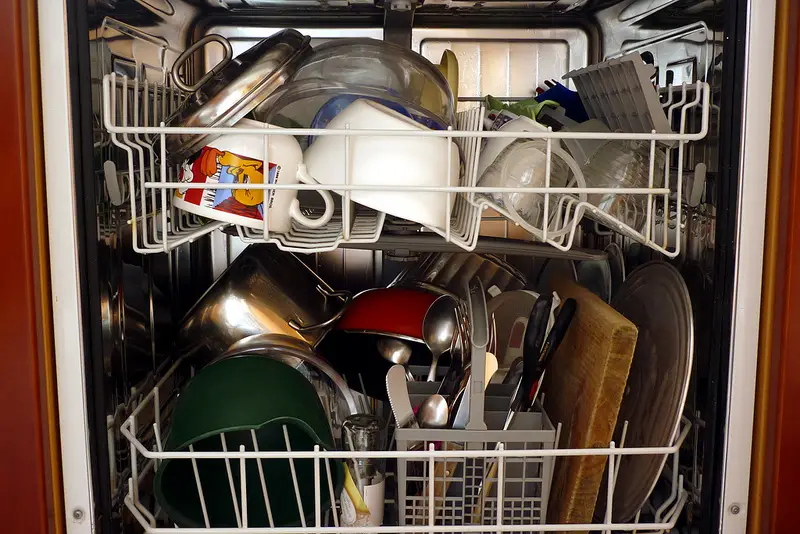
Running your dishwasher in the late afternoon or early evening can cause your home to heat up more during already-hot times. These hours also tend to coincide with peak energy pricing in some areas, which means you’re paying more. If your utility company offers time-of-use pricing, check to see when electricity rates are lower. Waiting until later at night to run the dishwasher could make a big difference.
Most dishwashers have delay-start settings that allow you to automate this shift. You’ll not only avoid warming up your kitchen but also reduce your bill. Plus, it’s quieter at night, so there’s less disruption. A small adjustment like this has long-term impact when practiced regularly.
8. Neglecting Ceiling and Attic Insulation
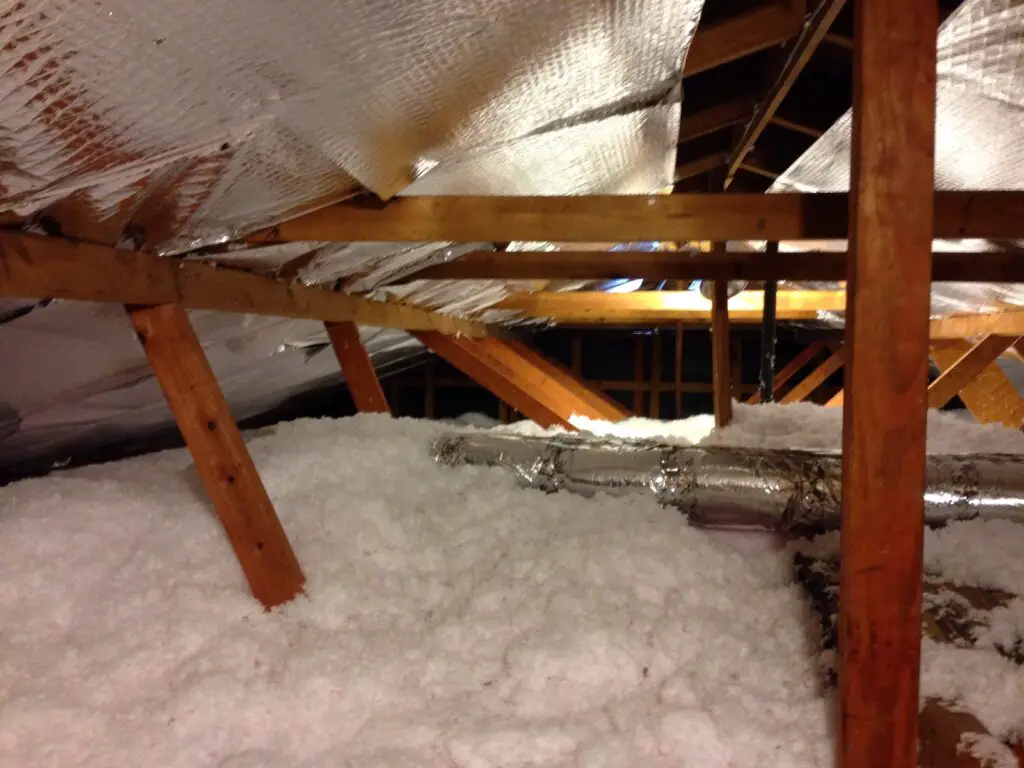
Poor insulation allows cool air to escape and warm air to seep in, making your air conditioning less effective. If your attic isn’t properly insulated, your HVAC system has to work harder to maintain your set temperature. This constant strain translates to a higher energy bill over time. Summer is a good time to assess whether your insulation needs a refresh.
Adding or improving insulation doesn’t just help in the winter—it plays a big role in keeping your home cool in the summer, too. Spray foam, fiberglass, or cellulose insulation are all viable options depending on your needs and budget. Even sealing small gaps or cracks around vents and ducts can boost your home’s efficiency. A well-insulated attic can cut your cooling costs significantly.
9. Forgetting to Adjust Your Thermostat When You’re Away
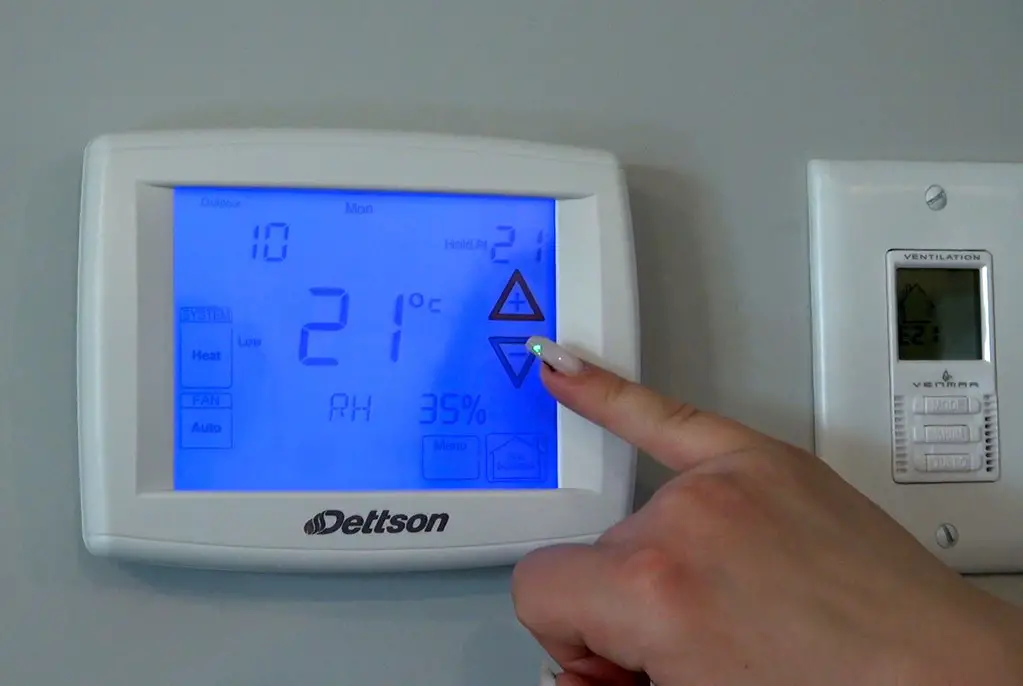
Many people leave their thermostats set the same whether they’re home or not. This leads to unnecessary energy use and higher bills, especially during summer vacations or weekend getaways. A programmable thermostat or smart thermostat can help regulate temperatures automatically. These tools can even learn your patterns and adjust accordingly for maximum savings.
Setting your home a few degrees warmer while you’re out can add up to noticeable savings over time. You can always set it to cool things down before you return. If you don’t have a smart thermostat yet, it might be worth the investment for long-term efficiency. You’ll have more control—and fewer surprises on your next energy bill.
10. Skipping Ceiling Fan Direction Switch
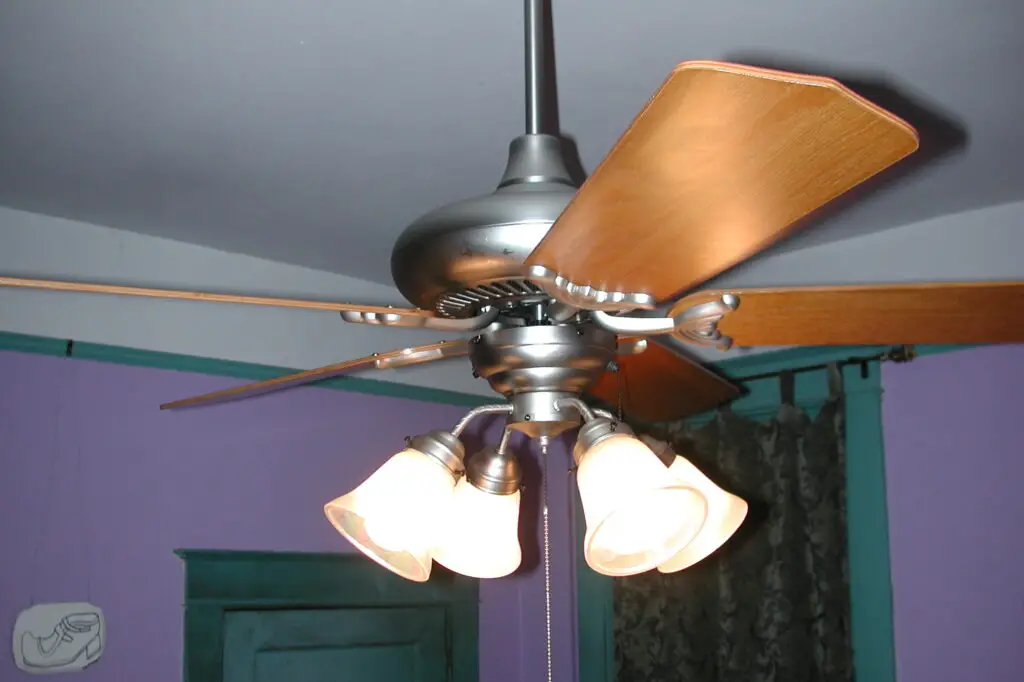
Ceiling fans have a switch that changes the direction of the blades, which many people forget to flip for summer. In warm weather, the blades should spin counterclockwise to push cool air downward. If left spinning in winter mode (clockwise), fans can actually make rooms feel warmer. It’s a small detail, but one that can affect your comfort and energy costs.
Most fans have a simple toggle switch near the motor. Flip it as part of your seasonal home prep every spring. When used correctly, fans can let you set your thermostat a few degrees higher without sacrificing comfort. This habit gives your AC a break and stretches your dollar further.
11. Ignoring HVAC Maintenance
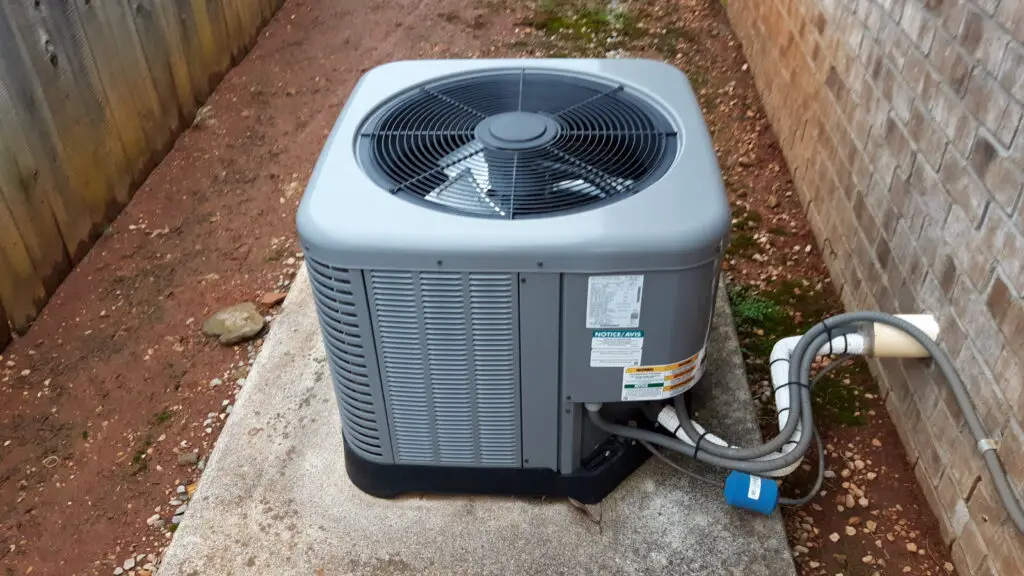
Without seasonal maintenance, your air conditioning system can lose efficiency and break down more easily. A quick service check ensures the system is running at peak performance and isn’t wasting energy. Most experts recommend having your HVAC serviced at least once a year, ideally before summer. Cleaning coils, checking refrigerant levels, and tightening connections can all make a big difference.
While there’s a small upfront cost for maintenance, it pays off in the form of lower bills and fewer repair headaches. It also extends the life of your system. Think of it like an oil change for your home’s comfort system. Skipping it is a gamble that rarely pays off.
12. Overwatering Your Lawn with Automatic Timers
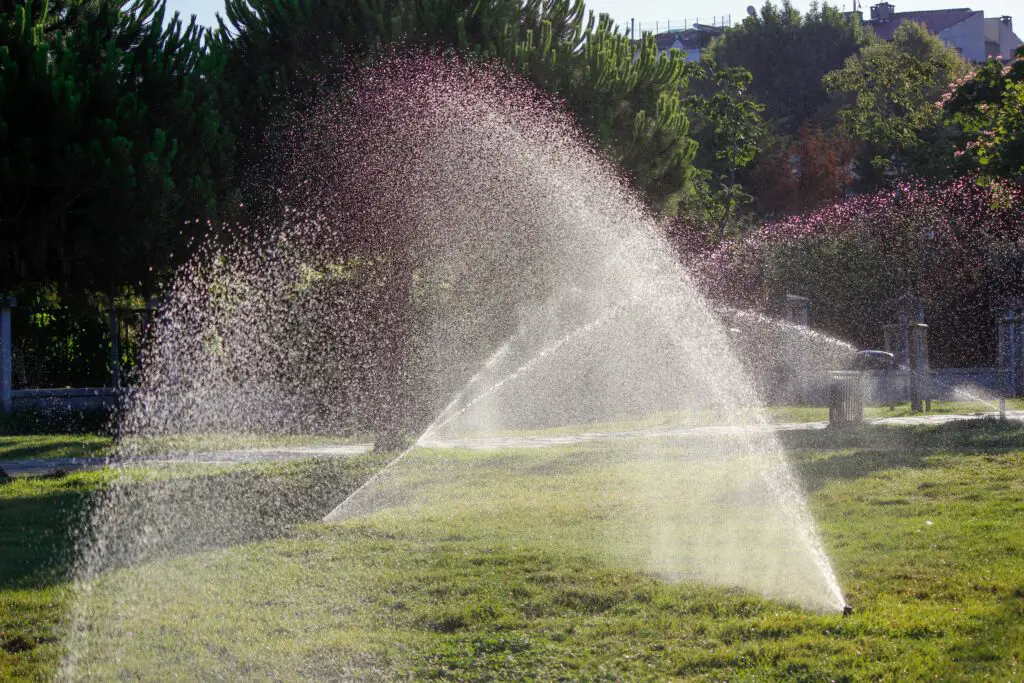
Many homeowners set sprinkler timers and forget them, even during rainy stretches. Overwatering wastes both water and the energy needed to pump and distribute it. It can also damage your lawn and create puddles that attract pests. Adjusting watering schedules based on actual weather conditions can lead to serious savings.
Smart irrigation systems are a great investment for reducing waste. If that’s not in the budget, just setting a weekly reminder to check your watering schedule can help. Watering in the early morning also reduces evaporation and helps your plants thrive. Your yard will look better, and your bill will thank you.
13. Setting the Thermostat Too Low
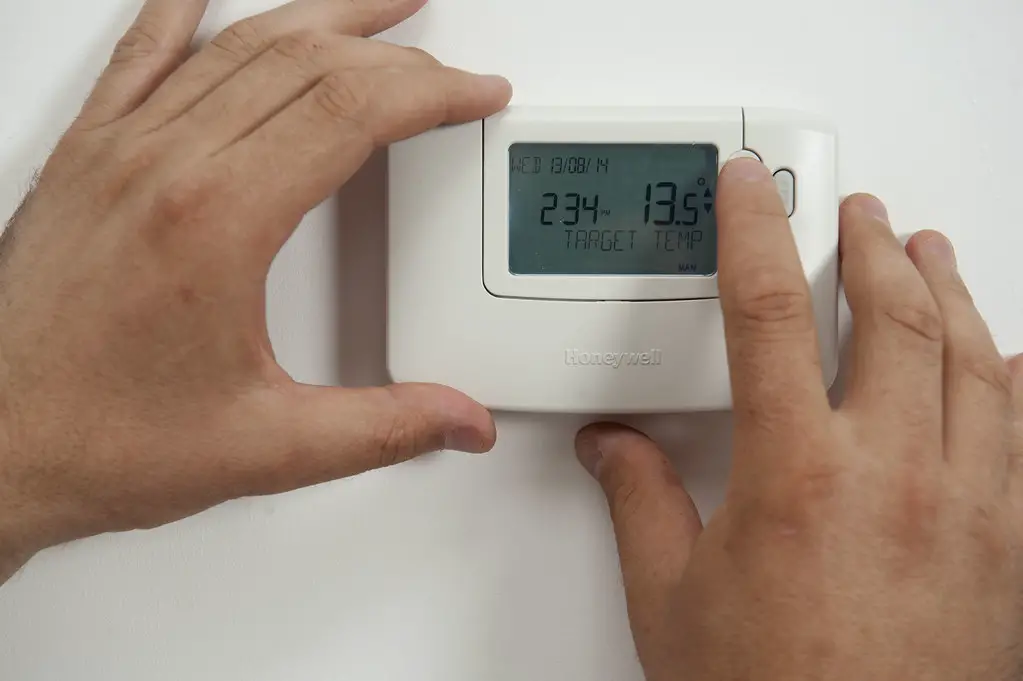
Cranking your thermostat down to 68°F might feel good in the moment, but it forces your system to work harder and longer. Every degree below 78°F can significantly increase cooling costs. Finding the highest comfortable setting and using fans to circulate air is more energy-efficient. Small thermostat tweaks can result in big savings over the course of a summer.
Try raising the temperature one degree at a time and see how it feels. You might be surprised how quickly your body adjusts. If your AC runs nonstop, it’s a sign you’re setting it too low. Comfort doesn’t have to come at a high price—just a smarter strategy.
